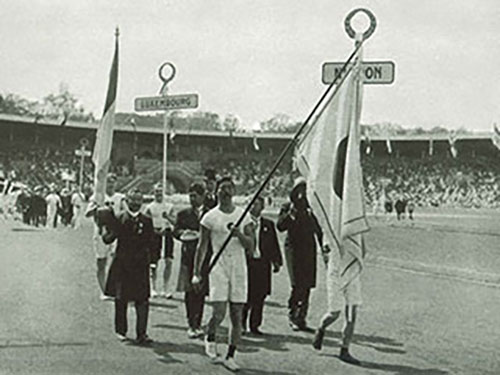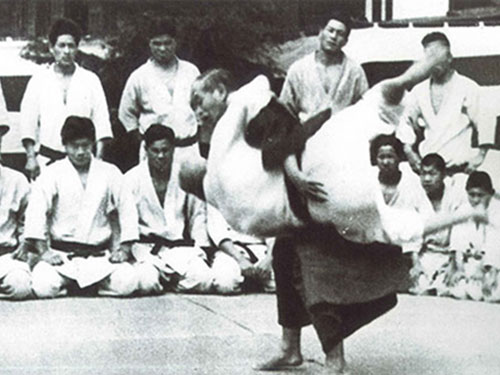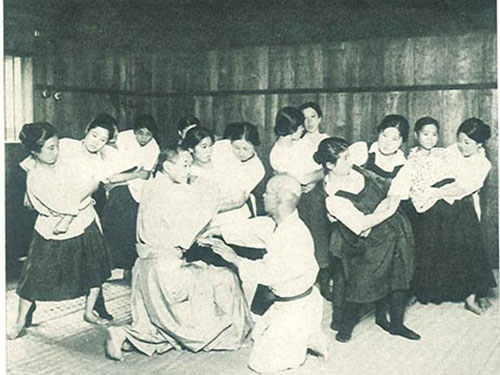Judo is a martial art that resonates with all generations. At JINDO, you’ll see people of all ages—from toddlers to those well into their eighties—practising judo with energy and joy. They come from all walks of life, backgrounds, and nationalities, each with their own purpose.
Some want to become physically stronger. Others seek better health. Some aim to strengthen their minds, while others simply enjoy the feeling of physical exertion. Some want to learn self-defence. Others aspire to become judo instructors. And some are already dedicated to teaching the next generation.
What is it about judo that attracts such a wide range of people, all with different goals?
Kodokan Judo as a Path
Professor Jigoro Kano created judo by transforming classical jujutsu into a modern educational method. His intention was not merely to teach techniques (waza), but to promote a guiding principle for life. To reflect this, he called his institute Kodokan, which means “the place to study the way”.
The word kōdō refers to the pursuit, testing, and application of a principle. That Kano named his martial art Kodokan Judo reveals just how central this principle was to his life’s mission.
Kano himself described the purpose of judo as:
“To strengthen the body through practising attack and defence;
to cultivate the mind and perfect one’s character;
and ultimately, to contribute to society.” Kano Shihan



The Principle Behind Waza (Technique)
Judo technique, or waza, is built upon one of judo’s core concepts:
“The maximum efficient use of mind and body.”
This is expressed through the theories of tsukuri and kake.
- Tsukuri involves breaking the opponent’s balance (kuzushi) and preparing your own posture and timing for an effective throw.
- Kake is the moment of execution—applying the technique once the conditions have been created through tsukuri.
Together, tsukuri and kake are considered essential technical principles of judo.
But their value goes beyond the mat. By repeatedly practising tsukuri and kake—and doing so in the spirit of “mutual welfare and benefit” and “maximum efficiency”—a judoka begins to internalise principles that can be applied throughout life.
Through technique (waza), one gradually discovers the way (dō).
This is the deeper purpose of practising judo.